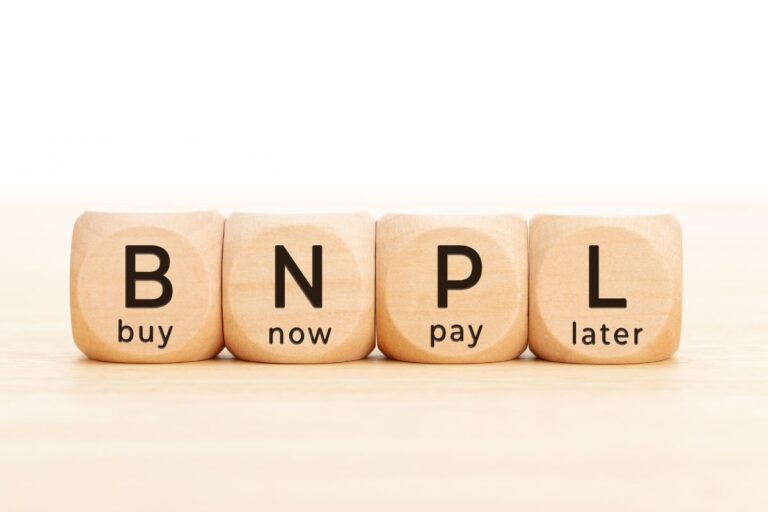In today’s global e-commerce landscape, the ability to cater to a diverse customer base is not just an advantage—it’s a necessity. Traditional payment methods, while still prevalent, may not meet the needs or preferences of all customers. This gap presents a unique opportunity for businesses to embrace inclusivity by diversifying their payment options. By incorporating alternatives such as bank transfers, e-wallets, cryptocurrencies, and localized payment methods, companies can create a more inclusive payment ecosystem. This blog explores the significance of offering a variety of payment methods, their benefits, and provides guidance on implementing these alternatives effectively and securely.
The Importance of Inclusivity in Payment Options
Offering a variety of payment options does more than just enhance convenience; it signals to customers that their preferences and needs are valued. This inclusivity can be particularly important for reaching underserved markets where traditional banking services may be limited or non-existent. Moreover, with the rise of digital wallets and cryptocurrencies, consumers are increasingly looking for businesses that offer these modern payment solutions. By broadening payment options, businesses can appeal to a wider audience, fostering a sense of inclusivity and accessibility.
Exploring Alternative Payment Methods
Bank Transfers
Bank transfers provide a secure way for customers to make payments directly from their bank accounts. This method is particularly popular in regions with lower credit card penetration but high bank usage.
E-Wallets
Digital wallets like PayPal, Alipay, and Apple Pay offer a convenient and fast way for consumers to pay without entering card details for every transaction. They’re widely used for their security and ease of use.
Cryptocurrencies
Cryptocurrencies such as Bitcoin, Ethereum, and Litecoin are becoming increasingly mainstream. They offer benefits like lower transaction fees and enhanced privacy, appealing to a tech-savvy demographic.
Localized Payment Methods
Localized payment methods cater to specific regional preferences, such as iDEAL in the Netherlands or Boleto Bancário in Brazil. These methods can significantly increase conversion rates in these markets.
Advantages of Diversifying Payment Options
- Reaching Underserved Markets: Alternative payment methods can open up new markets, especially in regions where traditional banking is not the norm.
- Enhancing Customer Experience: Providing multiple payment options improves the checkout experience, potentially reducing cart abandonment rates.
- Increasing Sales: A broader range of payment options can lead to higher conversion rates as customers are more likely to find a payment method that suits their needs.
Implementing Alternative Payment Methods Effectively and Securely
Evaluate Customer Needs
Conduct market research to understand the payment preferences of your target audience. This information can guide which alternative payment methods are most relevant to your business.
Ensure Security Compliance
When integrating new payment methods, it’s crucial to maintain high security standards. Ensure that your payment processors comply with industry security standards like PCI DSS for credit card transactions and GDPR for data protection in Europe.
Seamless Integration
The addition of new payment methods should not complicate the checkout process. Integrate these options smoothly into your existing payment ecosystem to ensure a frictionless customer experience.
Educate Your Customers
Once you’ve implemented new payment options, inform your customers through marketing communications. Highlight the benefits and ease of use of these new methods to encourage adoption.
Monitor and Adapt
After introducing new payment methods, closely monitor their usage and customer feedback. Be prepared to make adjustments as necessary to address any issues or changing consumer preferences.
Creating a more inclusive payment ecosystem by exploring alternative payment methods is more than a strategic move to increase sales; it’s a commitment to customer satisfaction and accessibility. By understanding the needs of your target market and offering a variety of secure payment options, you can enhance the e-commerce experience for all customers, regardless of their preferred payment method.



